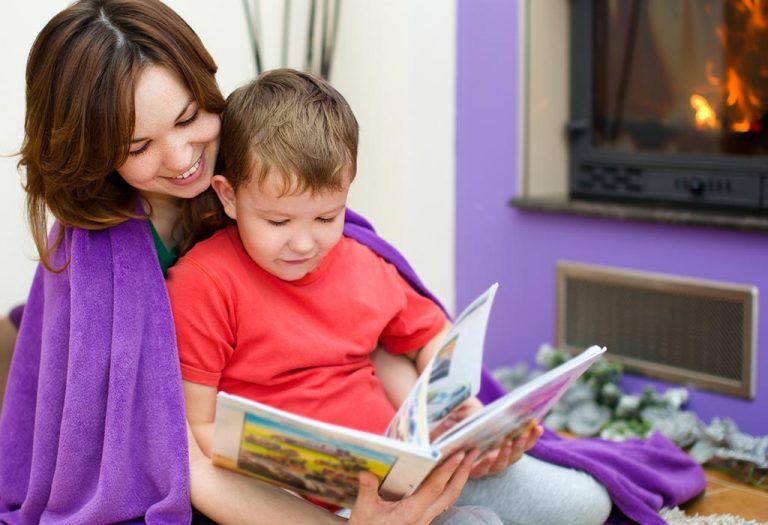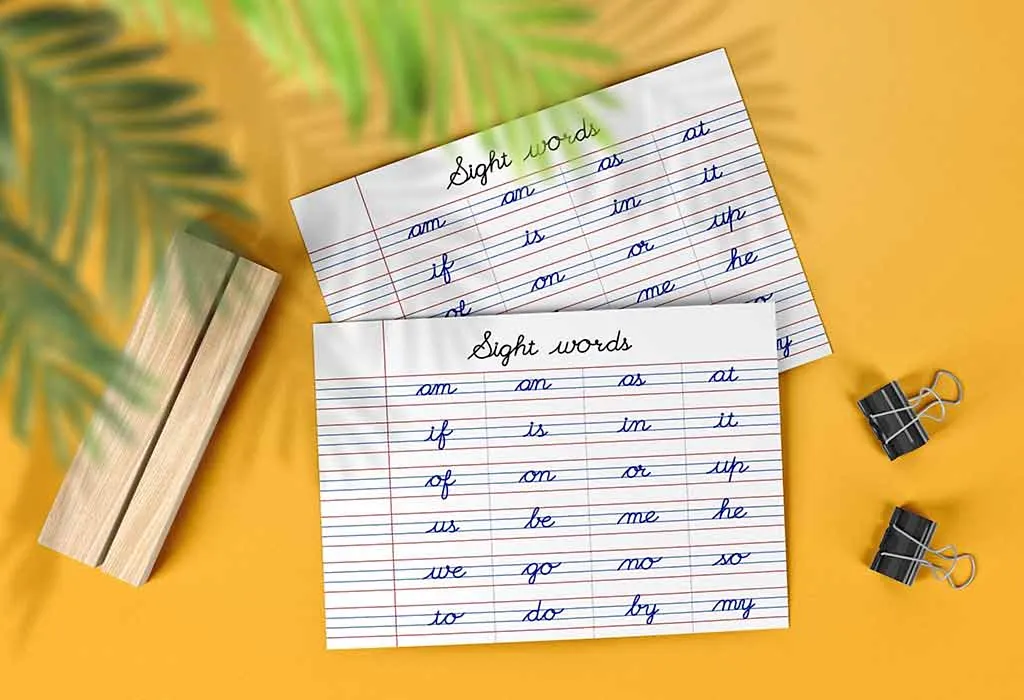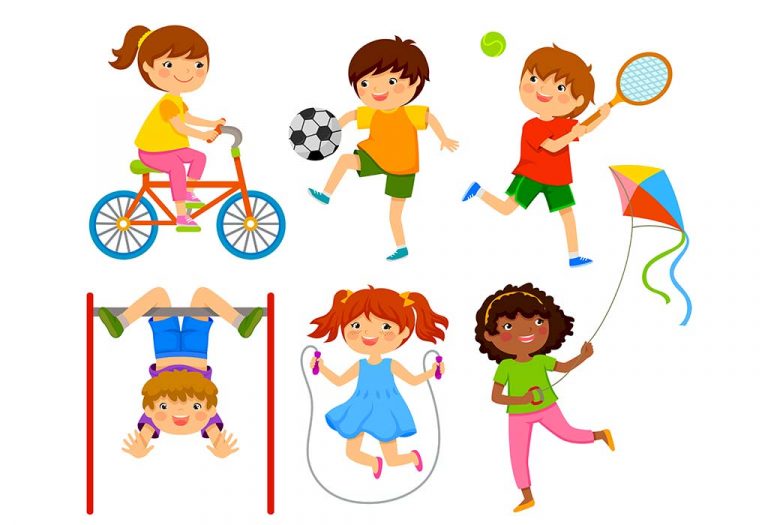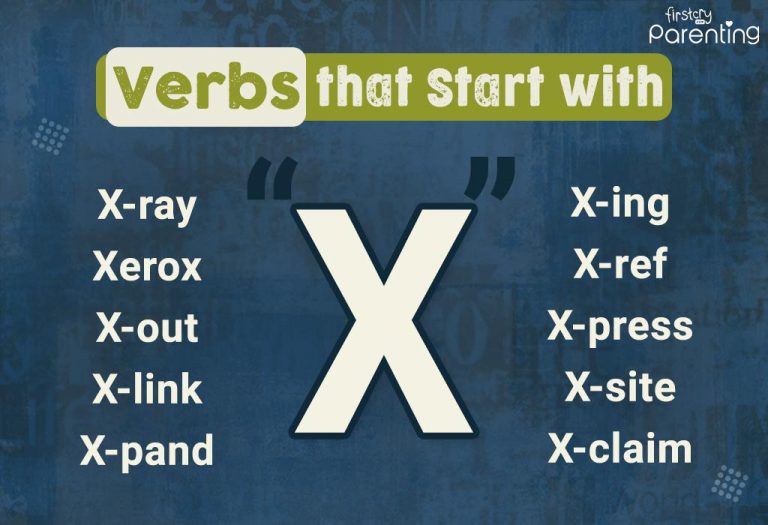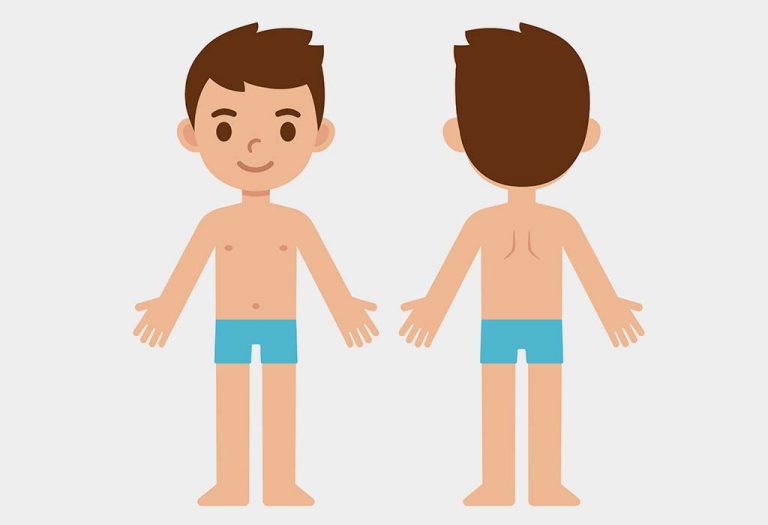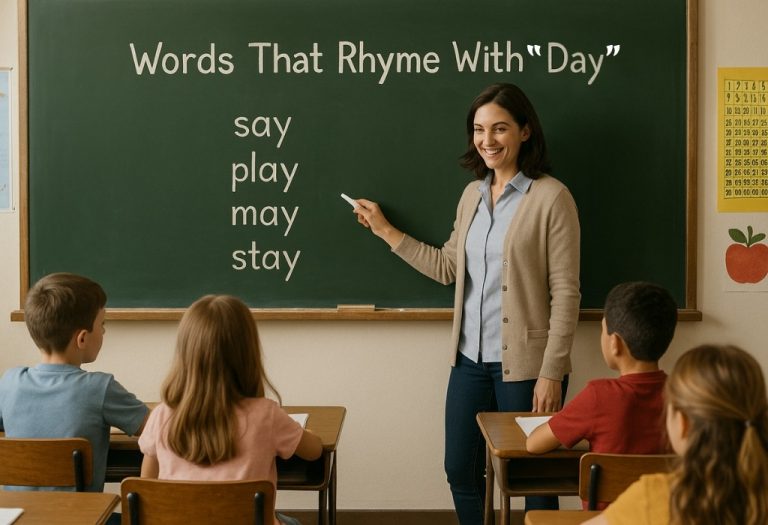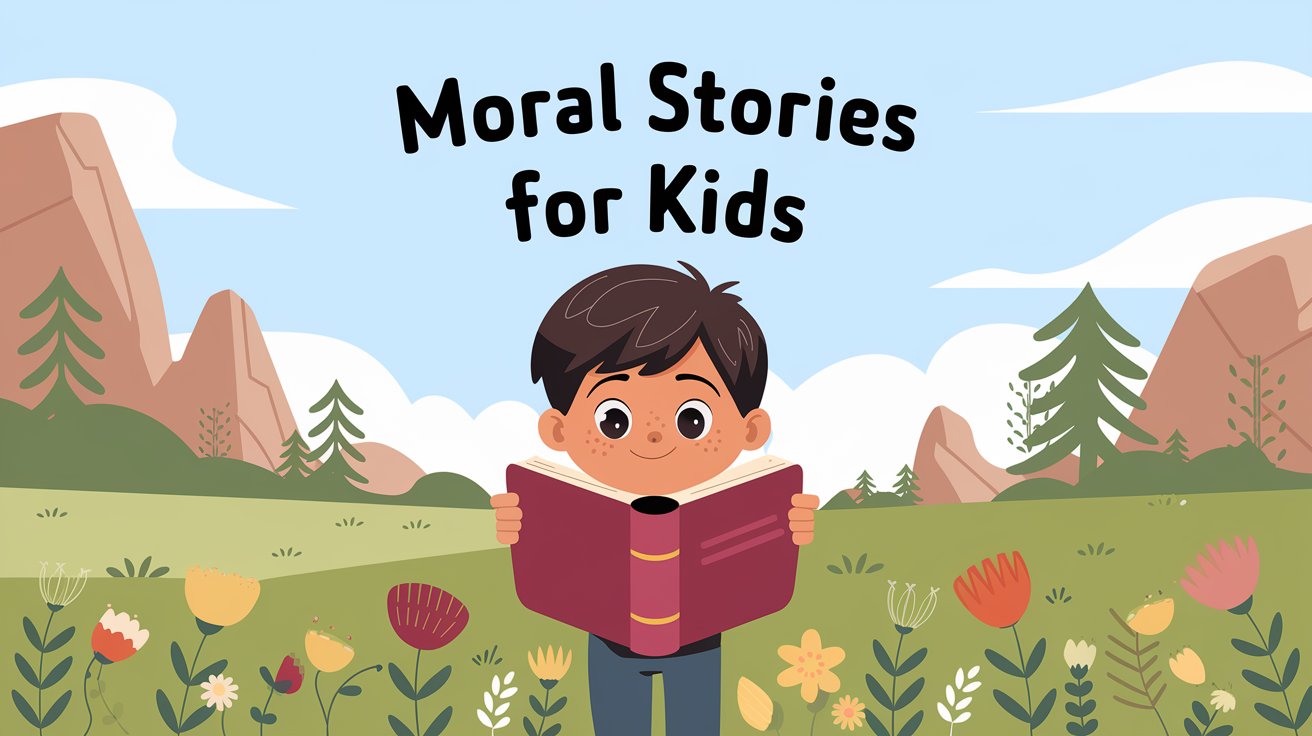How to Teach Kids to Read – 12 Effective Tips
Reading is a very important milestone in the development of a child. Unlike motor skills, reading skills do not develop organically in a child. The guidance given to developing the skill of reading early on determines the child’s ability to read. However, teaching reading to kids can feel tricky at times; every kid is different, and what works for one may not work for another. The good news? There are fun and easiest ways to help! In this article, we’ll share 12 simple and effective tips on how to teach kids to read and make reading fun and enjoyable for both kids and adults. Keep reading!
Best Ways to Teach a Child to Read
Reading is a skill that many children pick up between the age of four and six. During this time, some parents start looking for crash courses and shortcuts on how to teach a child to read at home. This age bracket is typically kept wide to accommodate children with different levels of exposure and ability. Here we’ll share 12 tips to help you teach a child to read at home with confidence and fun.
1. Start With the Phonics
Phonics is the base for interpreting and reading languages. Creating a good base for understanding phonics is very important in developing the skill of reading. Pre-schoolers are usually introduced to the concept of word-sound correlation in the first year of school. Around the same time, parents can engage the child in creative and fun games that enhance their understanding. You can start by helping them identify the phonics of the starting letter of their favourite toys or characters. You will have a lot of fun singing the phonics song together. Songs are a great way of learning. Rhymes that teach the sounds of the alphabet are sure to help children grasp it better. Gradually you can start teaching them to attach a string of phonic sounds to make simple words.
2. Familiarise With Books
When children first look at books, they randomly pick a page to read, most likely choosing the page with bright and colourful pictures. The concept of starting from the first page and moving to the last one is alien to them. Parents can slowly bring in the concept of reading from left to right, progressing from the first page to the last and relating the picture to the story in the book. This prepares them to handle a book and teaches them about the nuances of interpreting it. Discussing the characters and the story of a book, after a reading also helps them recollect information.
3. Start Small
When it comes to toddlers, their attention span is usually calculated as their age plus three minutes. Usually, many parents make the mistake of expecting their child to sit through piles of books and listen to them patiently. This is quite difficult for their young minds and only reading in small doses engages them effectively. You can start by reading books with simple and short stories that capture the interest of the child.
4. Read Aloud
Reading for the child from a very young age is a very healthy practice that many parents follow. This sets not only a great precedence for reading but also develops a reading habit. Infants as young as 3 to 4 months respond to pictures. You can keep a set of books with bright pictures and letters to read to them and repeat it multiple times to develop familiarity. Reading books with their favourite characters in an animated way kindles their interest towards books. The difficulty level can be increased gradually as the child grows. Reading aloud to them helps them in improving their vocabulary and spellings. With time, children can be encouraged to string together the phonics of each letter in a word and read aloud. When it comes to teaching toddlers & pre-schoolers to read, nothing helps better than reading aloud to them.
5. Add the Drama
When you read books to kids, make sure you help them imagine the story. The best way to achieve this is to narrate or read it out loud in an animated manner. The expressions that you convey to your child help them understand the emotion behind each word. The meaning of the words is understood better this way. Familiarity with words in the book sets a platform for kids to associate the spelling and the pronunciation.
6. Learn on the Go
Most of the times, we confine ourselves to reading from books. Some kids cannot concentrate for more than a few minutes. The best way to deal with this is to integrate the learning with the things around them. While travelling or visiting places, we come across so many things. You can teach your kids to spell out and read the names of places or shops around them, names of their favourite cars and so on. This way, you can kindle their interest in observing the things around them and also encourage them to be more confident in reading.
7. Discover Fun Ways to Learn
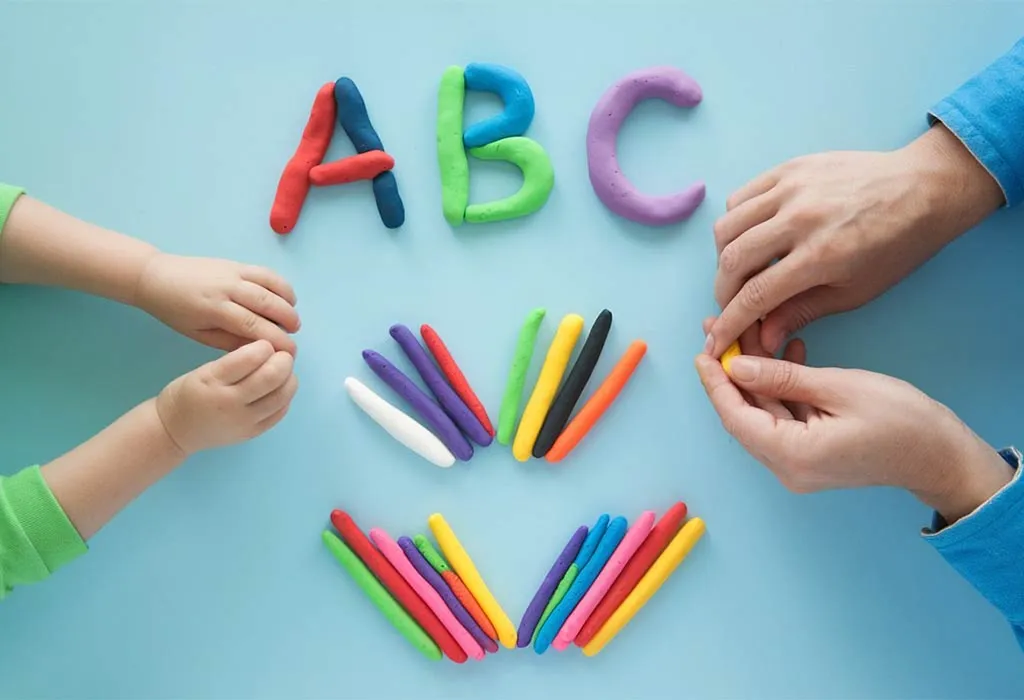
Image Credit: AI-Generated Image
Children pick up things when taught in a fun way. Anything to learn can be wrapped in a game and taught to kids effectively. Play-dough, sand, and magnetic letters are all some great tools to teach kids the art of reading. Children enjoy this and learn faster. You can make letters in play dough and string them together to make words and encourage your child to read it phonetically. You can play a simple form of scrabble and teach them that letters can be arranged alternatively to coin different words with different meanings. You can also convert their bath time into a fun learning session with the foam letters by asking them to create new words with it.
8. Give Life to Letters
It can be very exciting for children to see the alphabets take form and talk. You can make small puppets for each alphabet and enact the phonics song for them. This is a great technique to develop a positive image about reading in the minds of the children. Two and three letter words can be coined and taught to kids easily using this technique. This is by far one of the most engaging tools of learning for small young children.
9. Be a Good Role Model

Image Credit: AI-Generated Image
Children learn by watching adults. modelling the right kind of behaviour is very important in parenting. If you want your children to read books, then they must see you reading one. Children have a keen eye for hypocrisy, and therefore we must first practice what we preach. When children look at you reading a book, they understand that it is part of their daily routine and develop a habit of reading every day.
10. Get Those Apps
Although screen time is not good for children, some mobile and computer applications are very effective in teaching children to read. Children take to learning alphabets and phonics better when their favourite animated character teaches them. Such applications have become the order of the day. Although, as parents, you must exercise caution in restricting the screen time to less than an hour a day.
11. Teach Sight Words
Sight words are common words like the, and, you, and was that children should learn to recognise instantly without sounding them out. These words appear frequently in books and often don’t follow regular phonics rules, so memorising them helps kids read more smoothly. You can teach sight words using flashcards, fun games like bingo or matching, and by labelling everyday objects around the house.
12. Build a Print-Rich Environment
Creating a print-rich environment means surrounding your child with plenty of written words in everyday life. This helps them become familiar with letters, words, and how print works. Keep a variety of books, magazines, and storybooks within easy reach. Label household items like “door,” “mirror,” or “toy box” to help kids connect words to objects. You can also hang up alphabet charts, word walls, or posters with simple phrases.
Unfortunately, the ability to read does not develop overnight and comes as a culmination of the child’s awareness of alphabets, their phonics, vocabulary, and comprehension. A systematic exposure to the language through reading, talking and writing, puts the child in a comfortable position to start developing the skill of reading.
FAQs
1. What are the benefits of reading for children?
Reading helps children improve their vocabulary, boost their imagination, and develop better concentration and listening skills. It also builds a strong foundation for learning in school and encourages a lifelong love of learning and exploration (1) (2) (3).
2. What should I do if my child makes mistakes while reading?
Gently correct mistakes without making reading stressful. Encourage your child to sound out words and praise their efforts to keep their confidence high.
3. How often should I read with my child?
Try to read together every day, even if it’s just for 10-15 minutes. Making children read regularly helps build their vocabulary, improve their comprehension skills, and develop a lifelong love of learning (3).
Reading skills do not develop on their own in a child, which is why, as a parent, you need to help your little one right from the beginning. Start with ‘phonics’ and gradually move to letters and words. Another way to ensure all-round development in your child is to subscribe to Intellikit, an activity box subscription for kids with unique themes each month. Focusing on multiple types of play, the activities in each box keep your child occupied while broadening his horizons and teaching him something new at each step. Subscribe to get your box of fun learning, today!
References/Resources:
1. Child Mind Institute – Why Is It Important to Read to Your Child?
2. National Literacy Trust – What are the benefits of reading?
3. Nemours KidsHealth – Toddler Reading Time
Also Read:
Reading Games and Activities for Children
How to Teach Children to Read Clock and Tell Time
Reading Websites for Kids to Boost Learning
Reading Quotes for Kids That Inspire Them to Read More
Was This Article Helpful?
Parenting is a huge responsibility, for you as a caregiver, but also for us as a parenting content platform. We understand that and take our responsibility of creating credible content seriously. FirstCry Parenting articles are written and published only after extensive research using factually sound references to deliver quality content that is accurate, validated by experts, and completely reliable. To understand how we go about creating content that is credible, read our editorial policy here.





